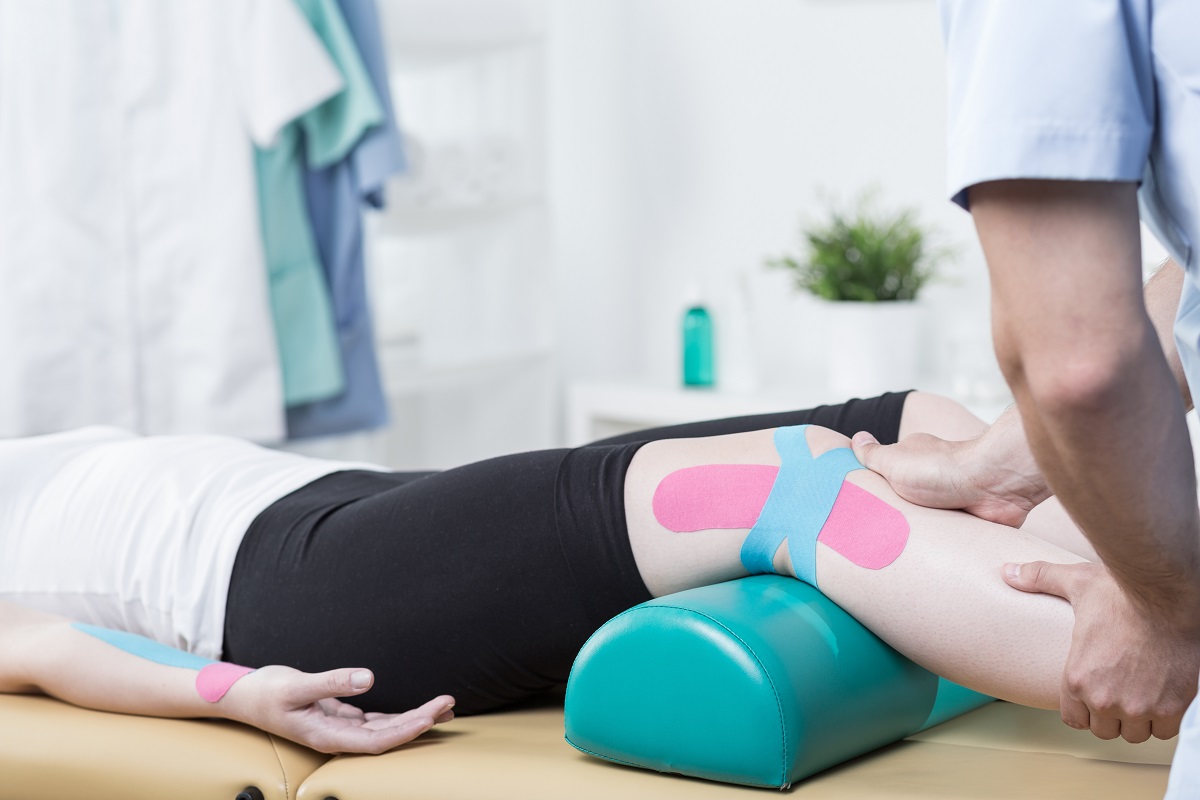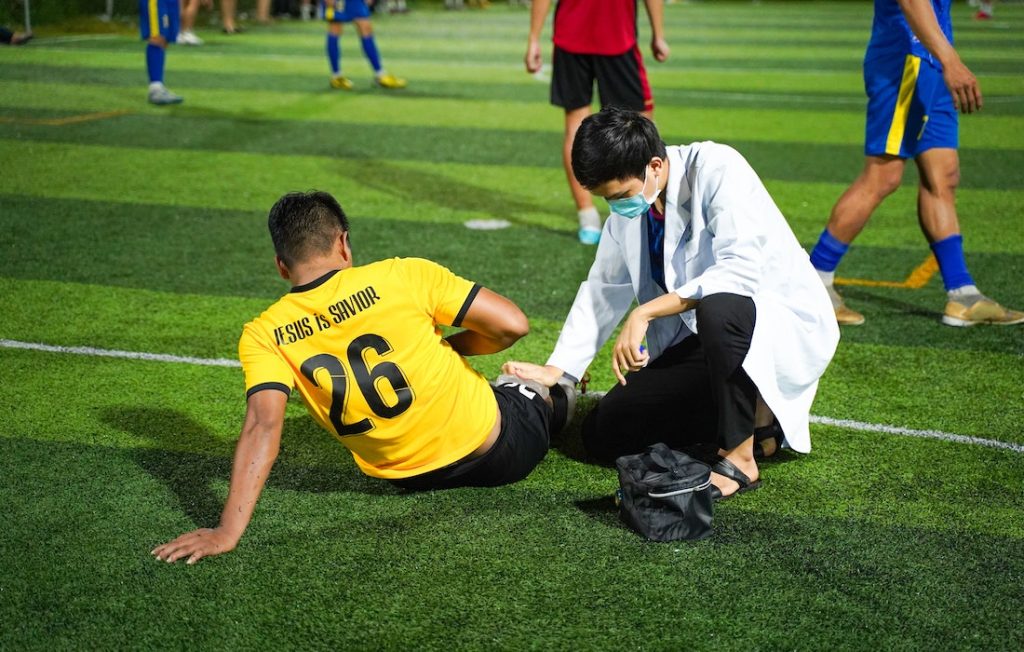- Sports injuries can be effectively treated with rest, ice, compression, and elevation to reduce swelling and promote healing.
- Physical therapy, including stretching and strengthening exercises, improves mobility and prevents future injuries.
- Chiropractic care focuses on spine realignment, while massage therapy stimulates blood flow and reduces muscle tension.
- In severe cases, surgery is necessary, followed by a rehabilitation period to restore function and mobility.
- Prevention is critical, so stretch, warm up properly, and wear appropriate safety gear.
Athletes and sports enthusiasts know that injuries are a common part of playing any sport. When an injury occurs, it’s important to treat it as soon as possible to prevent further damage and ensure a speedy recovery.
However, not all treatments are created equal. This blog post discusses some effective strategies for treating sports injuries. Whether you’re a serious athlete or enjoy playing sports for fun, these strategies can help you recover quickly and return to the game.
Rest and Ice
One of the most effective treatments for any sports injury is rest and ice. This strategy involves taking a break from physical activity to allow the body to heal and applying ice to the injured area to reduce swelling and inflammation. Rest and ice are essential during the first 48 hours after an injury occurs. This approach helps to reduce pain and promote healing.
Compression and Elevation
Another important factor for treating sports injuries is compression and elevation. Compression involves applying pressure or wrapping the affected area in an elastic bandage, which helps to reduce inflammation. Elevation involves placing the injured body part higher than the heart to reduce swelling. Both of these strategies should be combined with rest and ice during the recovery period to maximize the healing process.
Physical Therapy

Physical therapy is another effective strategy for treating sports injuries. A physical therapist can help you develop a customized rehabilitation program that includes stretching and strengthening exercises to improve mobility, flexibility, and strength.
Proper Therapy Techniques
In addition, physical therapy can help you manage pain and prevent future injuries by teaching you proper techniques for physical activities. Physical therapy is also useful for restoring muscle balance and reducing the chances of further damage. With the help of a physical therapist, you can regain your full function and return to sports activities at an optimal level.
Chiropractic Care
Chiropractic care is another popular treatment option for sports injuries. This approach focuses on realigning the spine to improve overall body function. Chiropractic adjustments can help reduce pain, improve mobility, and increase joint range of motion. Chiropractic care is particularly effective for back, neck, and joint injuries.
Chiropractic Recovery Plan
Your chiropractor should develop an effective chiropractic recovery treatment plan. The plan can optimize the benefits of treatment. A typical chiropractic treatment plan may include:
- Manual spinal manipulations and adjustments
- Exercise therapy
- Massage therapy
- Physical therapy
- Posture correction
- Nutritional advice
- Core stabilization
Chiropractic treatment may take several weeks or months for a full recovery. Following your chiropractor’s instructions closely ensures the most effective healing process possible. Working with your chiropractor, you can develop a plan that best suits your needs and helps you recover from sports injuries as quickly and safely as possible.
Massage Therapy
Massage therapy is another effective strategy for treating sports injuries. This approach involves using massage techniques to stimulate blood flow and reduce muscle tension. Massage therapy can help reduce pain, speed up healing, and improve muscular function. In addition, massage therapy can help improve flexibility and range of motion.
Various Techniques
Massage therapists may use techniques such as kneading, stretching, and tapping to release tension in the affected area. It is important to note that a licensed massage therapist should only perform massage therapy.
Benefits of Massage Therapy
Some of the benefits of massage therapy include:
- Improved circulation
- Reduced muscle strain
- Reduced risk of future injury
- Enhanced recovery time
- Improved energy levels.
Massage therapy can help athletes recover from injuries quickly and effectively, allowing them to return to their game sooner. It can also help prevent future injuries by improving muscle flexibility and strength.
Surgery
In some cases, surgery may be necessary to treat a sports injury. Surgery is typically reserved for severe injuries that cannot be treated with more conservative measures. Finding a skilled surgeon with experience treating sports injuries is crucial if surgery is needed.
Rehabilitation Period

Surgery is typically followed by a rehabilitation period to help restore function and mobility. Sometimes, patients may benefit from specialized treatments like ultrasound or laser therapy to speed up the healing process. The length of the recovery period varies depending on the type and severity of the injury; however, it’s important to remember that proper rest and rehabilitation are essential for a full recovery.
Effective strategies for treating sports injuries depend on the type and severity of the injury. Rest and ice are the most common initial treatments, followed by physical therapy, chiropractic care, massage therapy, or surgery if necessary. Seeking prompt medical attention and working with experienced healthcare professionals can help you recover quickly and safely from sports injuries. Remember, prevention is always the best medicine, so stretch, warm up properly, and wear appropriate safety gear to reduce the risk of injury.

